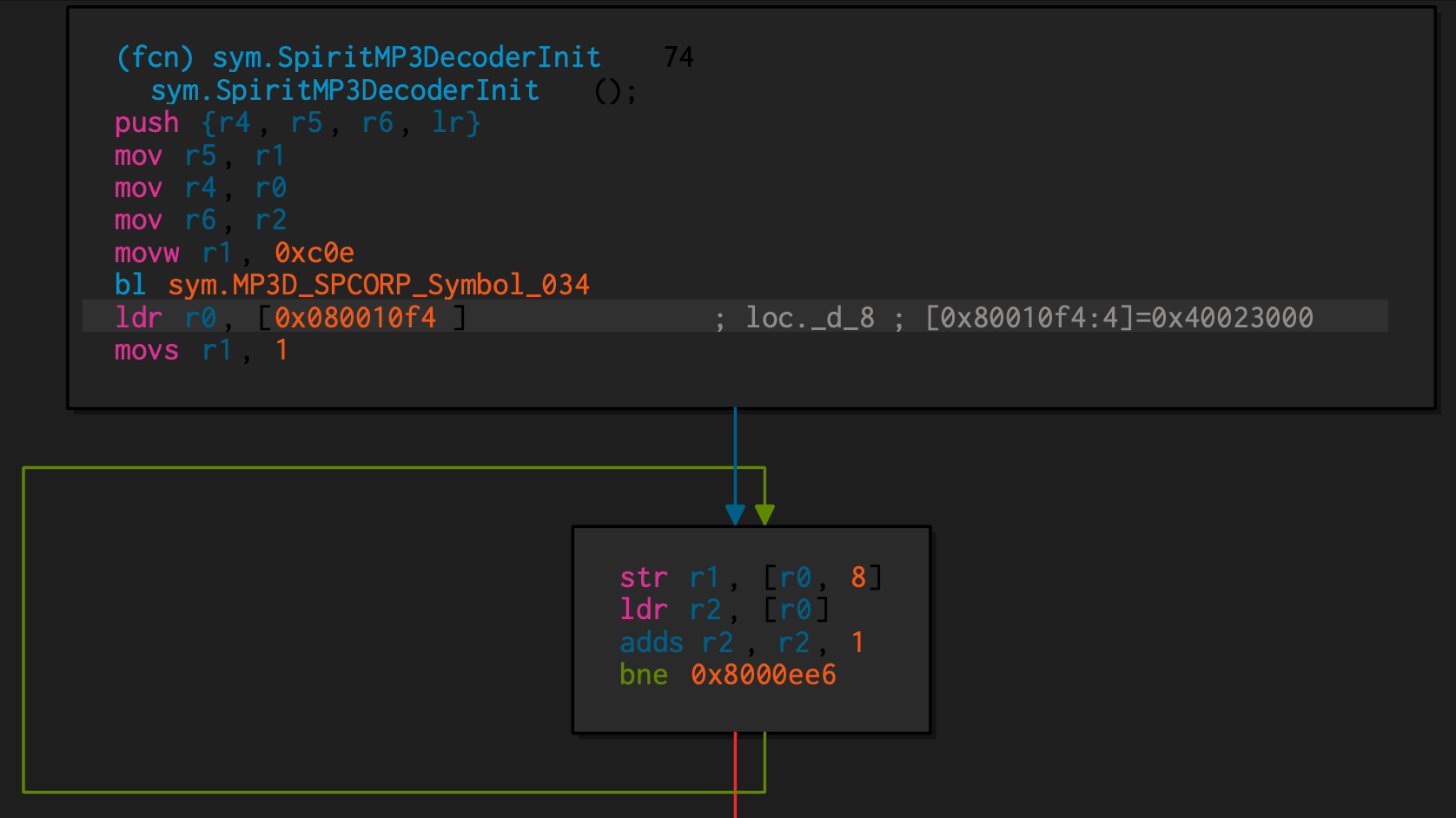
- #STM32 PART NUMBER DECODING MANUALS#
- #STM32 PART NUMBER DECODING DRIVERS#
- #STM32 PART NUMBER DECODING DRIVER#
- #STM32 PART NUMBER DECODING FULL#
#STM32 PART NUMBER DECODING DRIVER#
├── stm32mp1xx_hal_gpio.c GPIO HAL Driver ├── stm32mp1xx_hal_fdcan.c FDCAN HAL Driver ├── stm32mp1xx_hal_exti.c EXTI HAL Driver ├── stm32mp1xx_hal_dma_ex.c DMA Extended HAL Driver ├── stm32mp1xx_hal_dfsdm_ex.c DFSDM Extended HAL Driver ├── stm32mp1xx_hal_dfsdm.c DFSDM HAL Driver ├── stm32mp1xx_hal_dcmi.c DCMI HAL Driver ├── stm32mp1xx_hal_dac_ex.c DAC Extended HAL Driver ├── stm32mp1xx_hal_cryp_ex.c CRYP Extended HAL Driver ├── stm32mp1xx_hal_cryp.c CRYP HAL Driver ├── stm32mp1xx_hal_crc_ex.c CRC Extended HAL Driver ├── stm32mp1xx_hal_cortex.c CORTEX HAL Driver ├── stm32mp1xx_hal_adc_ex.c ADC Extended HAL Driver
#STM32 PART NUMBER DECODING DRIVERS#
(HAL drivers added since ecosystem release ≥ v1.2.0 ) ├── stm32mp1xx_hal_adc.c ADC HAL Driver
#STM32 PART NUMBER DECODING FULL#
Please refer to List of HAL Drivers to get full list of delivered HAL drivers.Please find hereafter the list of HAL drivers available for STM32MP1xx family : Information Extension APIs which provide specific customized functions for a specific family or a specific part number.Generic APIs which provide common and generic functions to all the STM32 Series.

The HAL drivers APIs are split in two categories: The HAL Drivers are a set of common APIs with a high compliancy level with most of the clients available on the market (stacks) called native APIs and embed also some extended functionalities for special services or a combination of several features offered by the STM32 peripherals This improves the library code reusability and guarantees an easy portability on other devices and STM32 familiesĬontrary to the low layer drivers (see HAL Low Layer section), the HAL ones are functionality-oriented and not IP-oriented, Example: for the Timer peripheral, the APIs could be split into several categories following the functions offered by the IPs (Basic timer, capture, PWM …etc.). It is directly built around a generic architecture and allows the build-upon layers, like the middleware layer, to implement its functions without in-depth knowledge about the used STM32 device.

The HAL APIs layer is composed of native and extended APIs set.
#STM32 PART NUMBER DECODING MANUALS#
Please refer to STM32MP15 reference manuals to get detailed information about all supported IPs of STM32MP15xx family.They provide generic, multi instance and function-oriented APIs which simplify user application implementation by providing ready-to-use processes.Īs example, for the communication peripherals (I2C, UART…), they include APIs allowing to initialize and configure the peripheral, to manage data transfer based on polling, interrupt or DMA process, and to handle communication errors that may raise during communication. The HAL drivers provide the low level drivers and the hardware interfacing methods to interact with the upper layers (application, libraries and stacks). This level is divided into three software components: BSP drivers deal with the boards configuration and high-level APIs: they are the equivalent of the Linux DT mechanism ( Device tree or STM32MP15 device tree) and of the Linux frameworks ( Linux application frameworks overview).HAL drivers deal with the STM32 "internal" devices: they are related to the STM32MP15 internal peripherals.It also includes 2 common components CMSIS and Utilities which interact with all three levels. On top of the hardware, the STM32Cube MP1 Package solution is built around three levels of software components (Level 0 for Drivers, level 1 for Middlewares, Level 2 for Boards demonstrations), that interact easily with each other. The STM32Cube MP1 Package gathers together, in a single package, all the generic embedded software components required to develop applications on top of Cortex-M microprocessors. Please refer to STM32Cube MP1 Package article to get started.Ģ STM32Cube MP1 Package architecture.

This article introduces STM32Cube MP1 Package architecture based on the Arm ® Cortex ®-M processor (e.g.


 0 kommentar(er)
0 kommentar(er)
